The main attraction in the Park am Fernsehturm is the Berlin TV Tower. It is one of the most famous and important buildings in Berlin and a landmark of the city.
The creation of the TV Tower is a construction story that suits Berlin. In addition to several unrealized but already started construction measures – which of course consumed a lot of money and time – the construction costs for the TV Tower developed indescribably high. Only the opening date could be kept.
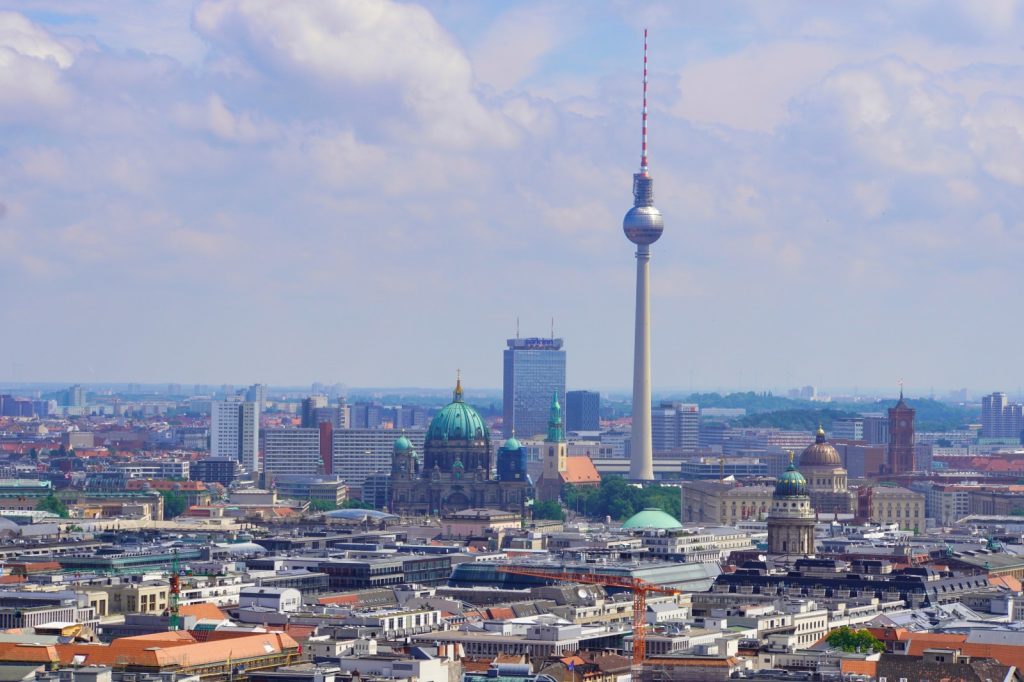
The Berlin TV tower is 368 meters high and thus over 220 meters higher than the radio tower in Berlin. The tower has monument status.
Berlin TV Tower: Prehistory
In 1952, the European Broadcasting Conference awarded two television frequencies to the GDR. In order for these frequencies to be distributed nationwide, a large transmitter with the highest possible power was needed. Planning began, and the initial plan was to build in the Müggelberge mountains. Construction was already in full swing when it was stopped on the grounds that it would endanger air traffic from Schönefeld Airport.
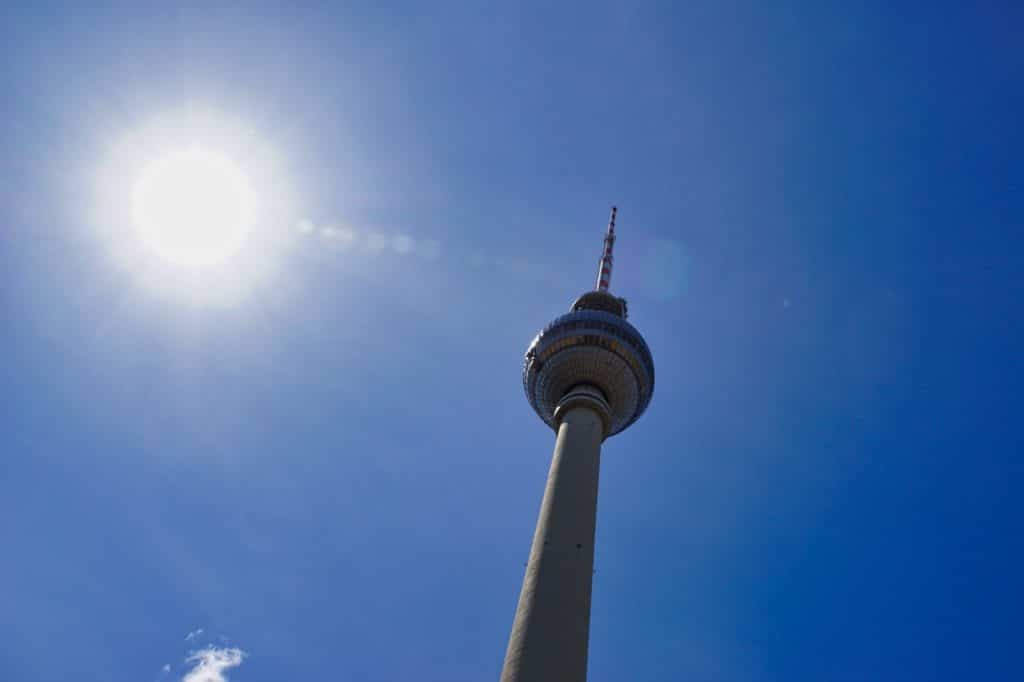
A new location had to be found. In the Volkspark Friedrichshain began with the construction, which should be finished in 1964. But, the construction of the Berlin Wall combined with economic problems, caused the GDR government to cancel the seven-year plan and save. The construction was stopped.
In 1964, another attempt was made and at a meeting of the Politburo it was decided to build a tower centrally located in Berlin to the west of Alexanderplatz station. After the location had been politically determined, the architectural design was defined. In the process, care was always taken to avoid any resemblance to existing tower buildings in other countries.
Construction of the Berlin TV Tower
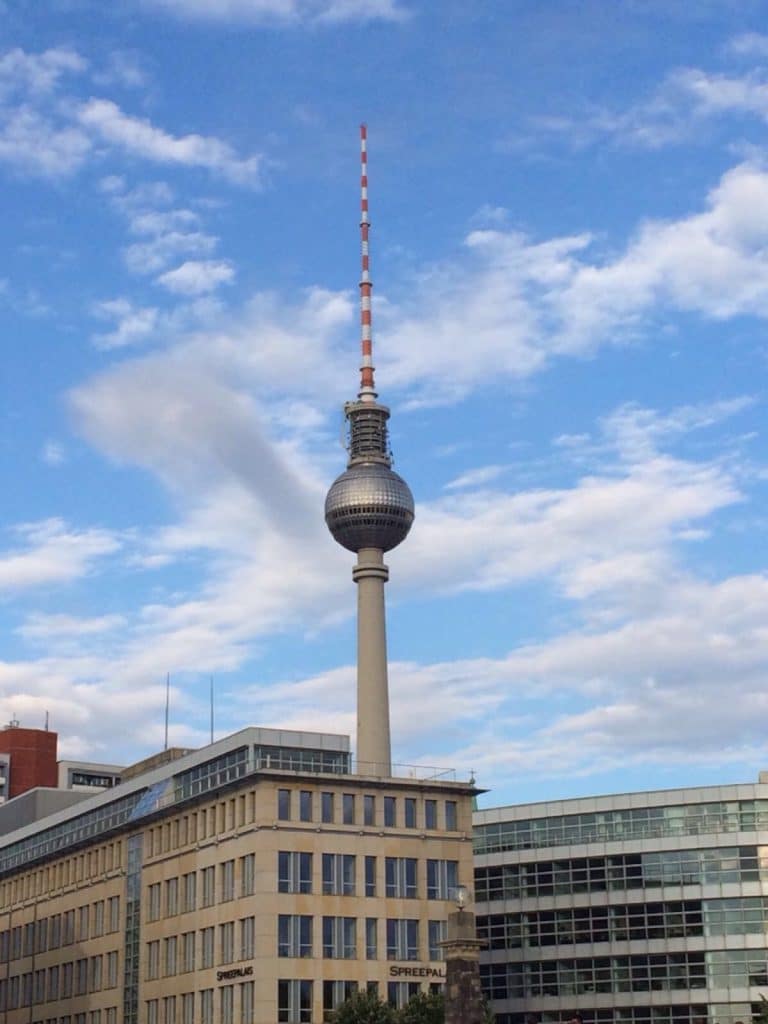
At the beginning of February 1965, the Central Committee of the SED approved the shape of the TV tower, and demolition work began on the site in mid-March. The cost of land purchases and compensation amounted to 6.2 million marks, and the cost of demolition was 38.8 million marks – this already exceeded the costs budgeted for it by 33 million marks.
The foundation of the Berlin TV tower was completed at the end of 1965 and work began on building the base of the tower. In October 1966, the tower was already 100 meters high and in June 1967, the shaft had reached its final height. At the same time, the preparatory work for the giant sphere began. 120 segments were made. At the end of March 1968, the segments were assembled from the bottom to the top, clockwise, at a lofty height. After that, the outer skin of the sphere was covered, thermal windows were installed for the observation deck and the restaurant, and the sphere was closed on October 7, 1968.
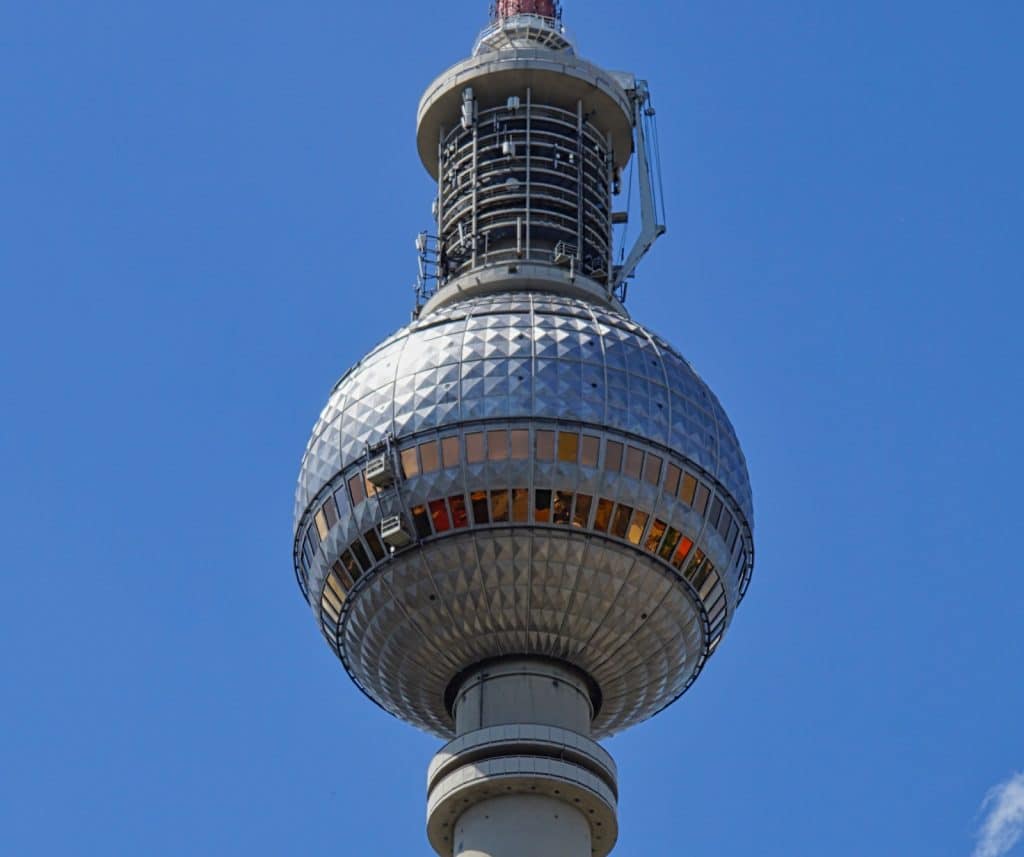
Now the antennas and the interior fittings were still missing. After 53 months of construction and at a cost of 132 million marks, Walter Ulbricht opened the TV tower on October 3, 1969. A few days later, the public was allowed to enter the tower for the first time. At the beginning of 1972, the two pavilions at the foot of the Berlin TV Tower were completed.
In the meantime, the Berlin TV Tower has been renovated several times and the forecourt has been redesigned.
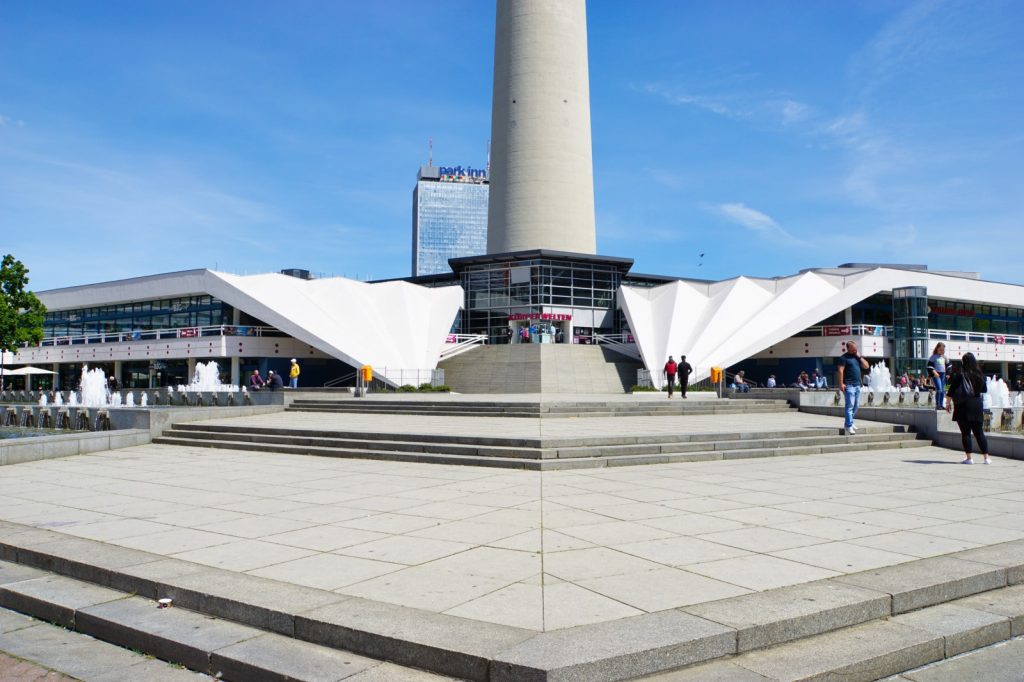
Visit Berlin TV Tower
When you enter the entrance area of the Berlin TV tower, you feel like you’ve been transported back to the 1960s. Thanks to the preservation order, not much has changed here. The charm of the time still dominates and there are only a few new features to discover.
For example, there is a newly designed store where you can buy souvenirs from your visit. I also saw the so-called Photobooth. Here you can have your photo experience created for your visit.

A staircase leads to the second floor. There is a large map of Berlin with some of the sights in 3D print. The ideal place to get your bearings before visiting the viewing platform.
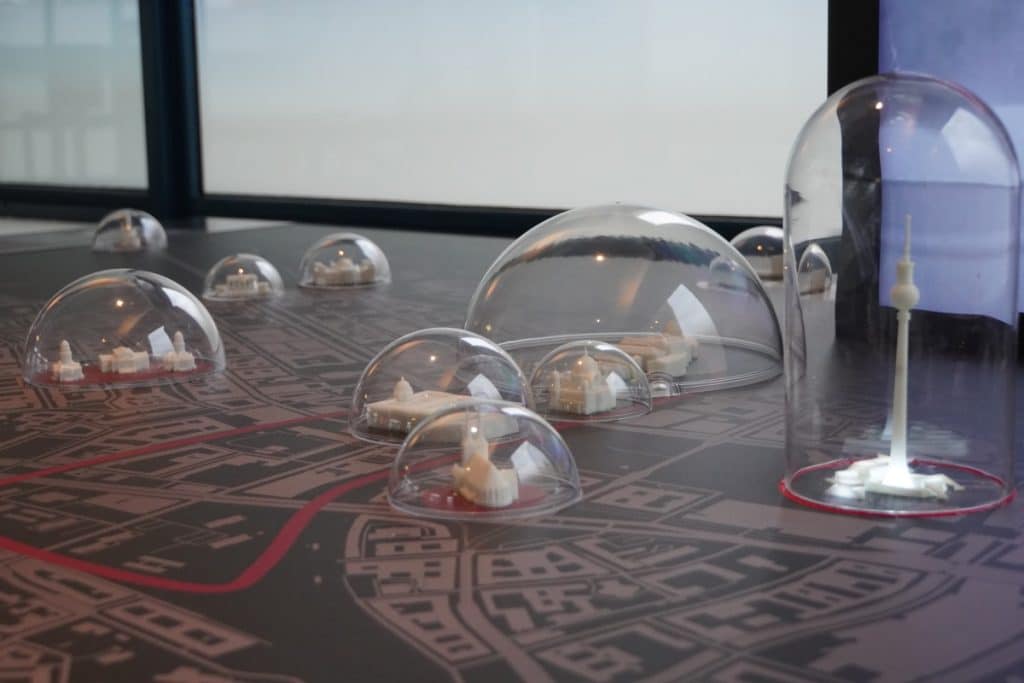
From there, you reach the entrance to the TV tower. Before going through the entrance, you have to go through a security check and then join the queue at the elevator.
Ride to the viewing platform
There are two elevators that take visitors up the tower. 15 people can ride at the same time and reach their destination in 38 seconds. A special highlight is that you can look through a window in the elevator ceiling into the illuminated elevator shaft.
In the past, a lift boy used to take guests up here. Today, staff at the doors regulate entry and exit and the elevator starts automatically.
Tour of the viewing platform
The viewing platform is located at a height of 203.78 meters. A maximum of 120 people are allowed on the viewing level at any one time. Display boards help you to identify the buildings below the Berlin TV Tower. On a clear day, you can even see Tropical Island, 60 kilometers away, from up there.
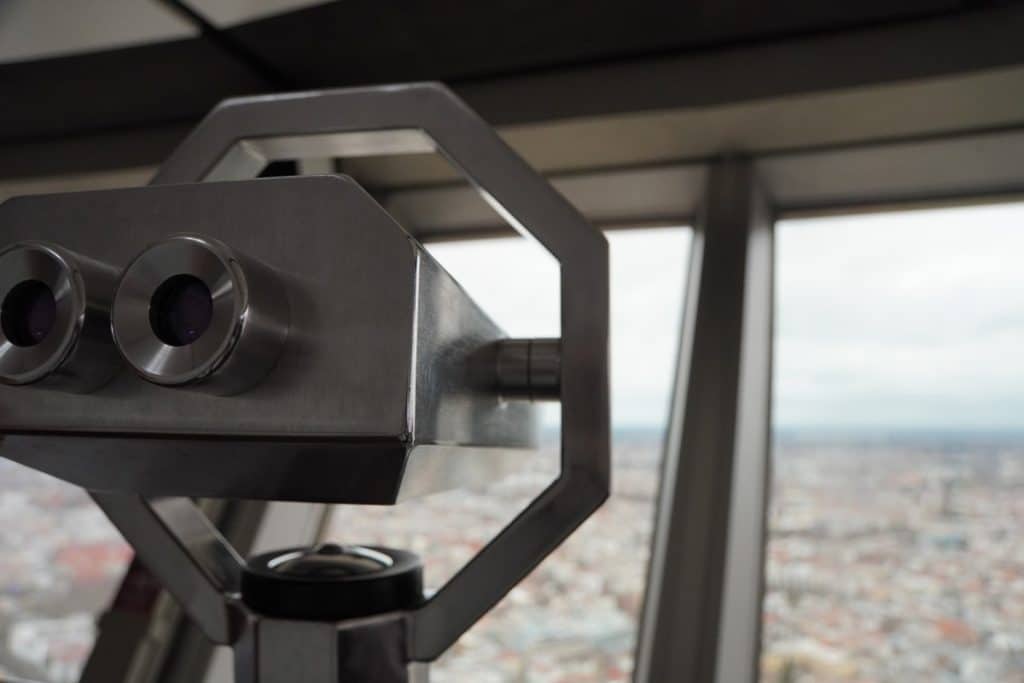

Those who prefer to travel digitally can download a web-based application, the Magnicity app, using a QR code. There is even free WLAN for this! If you hold your cell phone towards the window, you can, for example, see the sights directly below you on the display. There is also some information about the sights, historical videos and short stories.
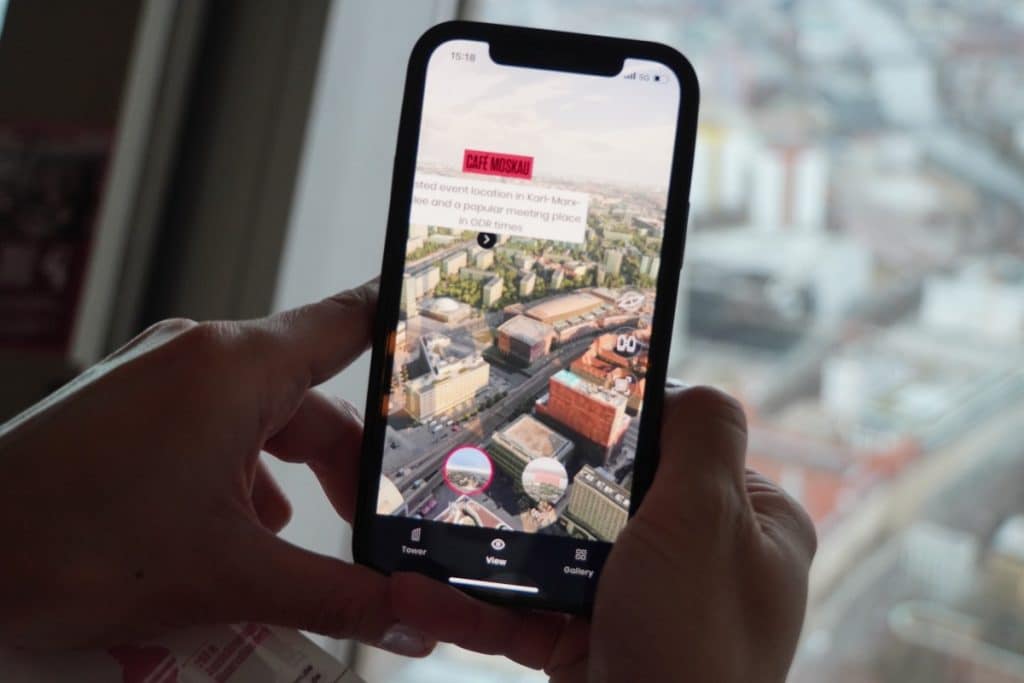
A great idea that makes the visit very interactive. While I play around with the application, I can discover many familiar places below me. For example, there is the Rotes Rathaus, the Humboltdforum, the Berlin Cathedral and the Spree meanders between the buildings.

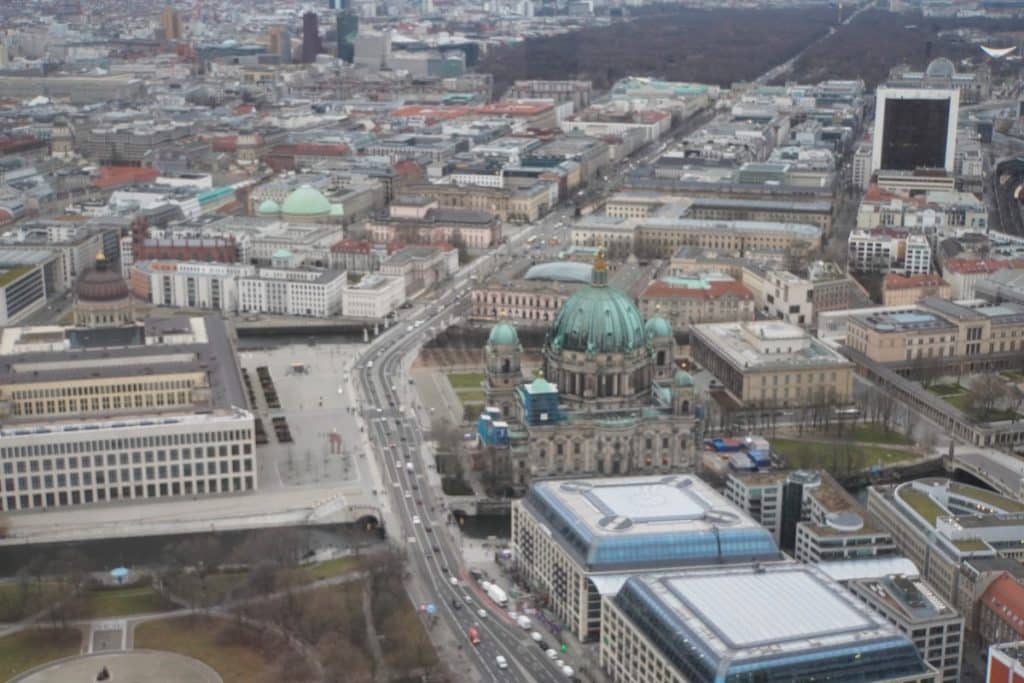
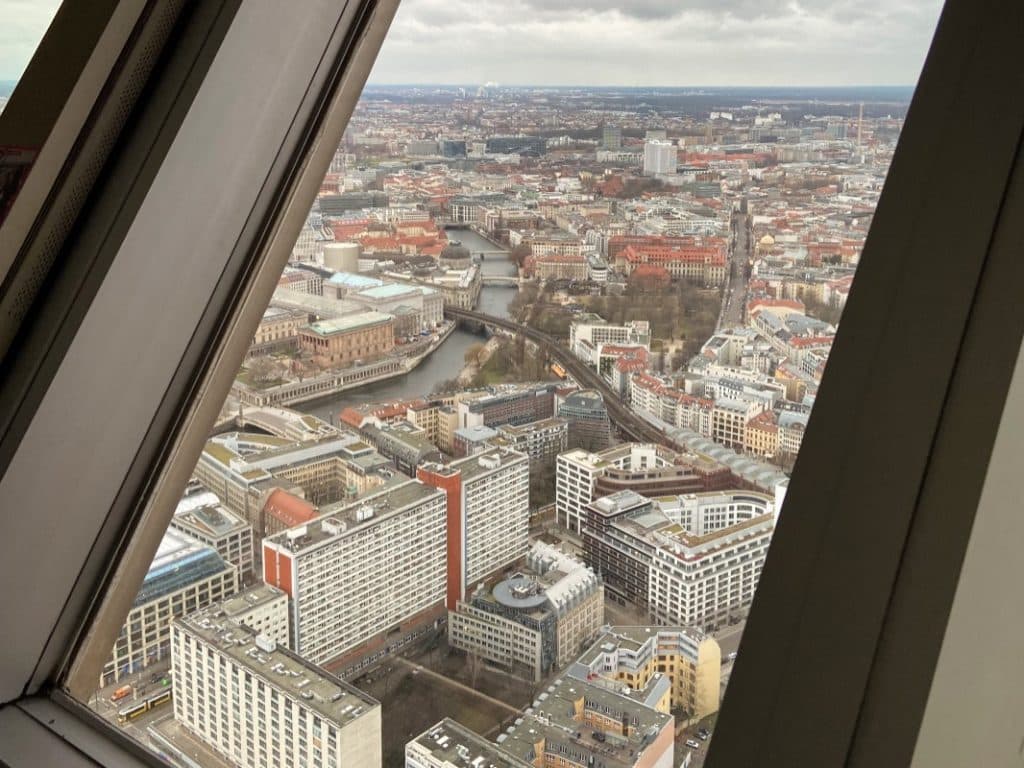
How about a drink?
Since 2024, you can enjoy an unforgettable time on the TV tower in the Sphere Bar on the viewing platform. Sitting 203 meters above Berlin and enjoying a cold beer or a long drink while watching the sunset – what more could you want?
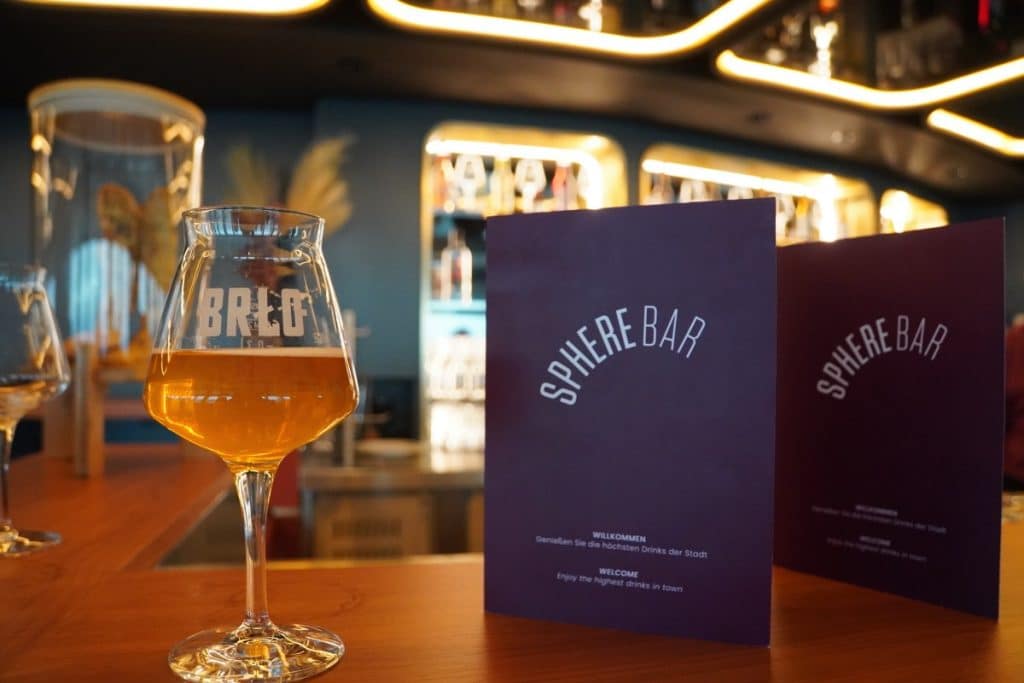
Many of the drinks come from regional suppliers, such as the beer from BRLO and spirits from Mampe. There is also a snack on the menu.
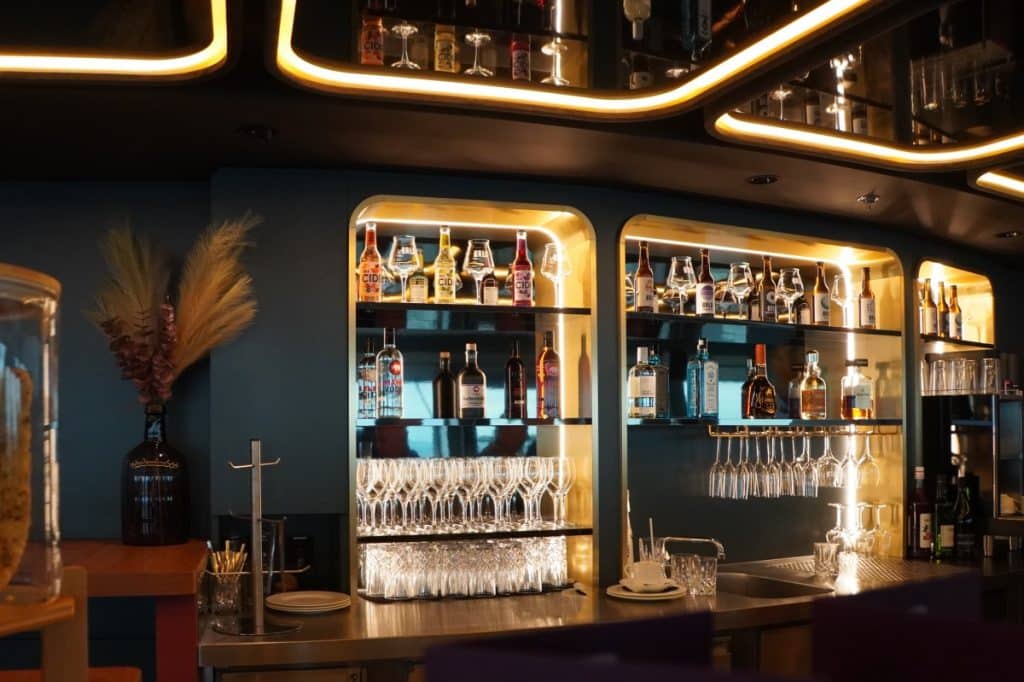
I was particularly pleased that the redesign was based on the original design of the restaurant in the 1960s. In the Bauhaus style, with clear geometric shapes and a very pleasant color scheme, I immediately felt very comfortable there. I like the mix of wood, metal and glass. The reflections in the ceiling around the bar are particularly beautiful.
Fancy a visit to the restaurant at a height of over 200 meters?
A staircase leads up from the viewing platform to the TV tower restaurant. You can only get in here if you have a table reservation.
Here, at a height of 207.53 meters, is the former Telecafé. This café was very popular in GDR times and with a lot of luck and good connections you could have a cup of coffee there as a GDR citizen. The outer part of the floor rotates 360 degrees twice in an hour. This allows a maximum of 200 visitors to enjoy a panoramic view of the city.
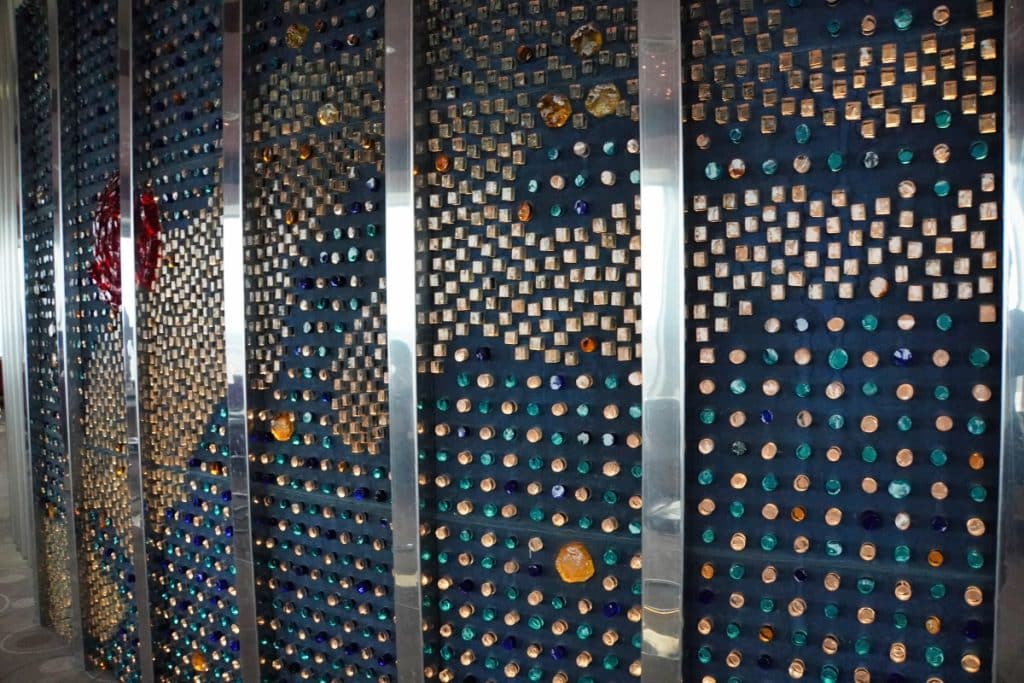
It is a strange feeling when you stand on the fixed inner ring and the tables slowly move past you. The overall design of the restaurant still looks the same today as it did shortly after it opened. I really like the retro style, it has charm. My personal highlight is the table lamps with the illuminated table number. It’s already not easy for the staff to always assign the orders correctly, and it certainly doesn’t get any easier when the table is constantly changing position. The illuminated number certainly helps a lot.
The restaurant offers different dishes depending on the time of day. You can enjoy breakfast until 11 am. This is followed by the lunch menu with hearty dishes, such as a tower sandwich from the Berlin butcher, Königsberger meatballs or a vegetable stew. Those who prefer to eat in the evening in the restaurant of the Berlin TV Tower will find several starters and main courses on offer.
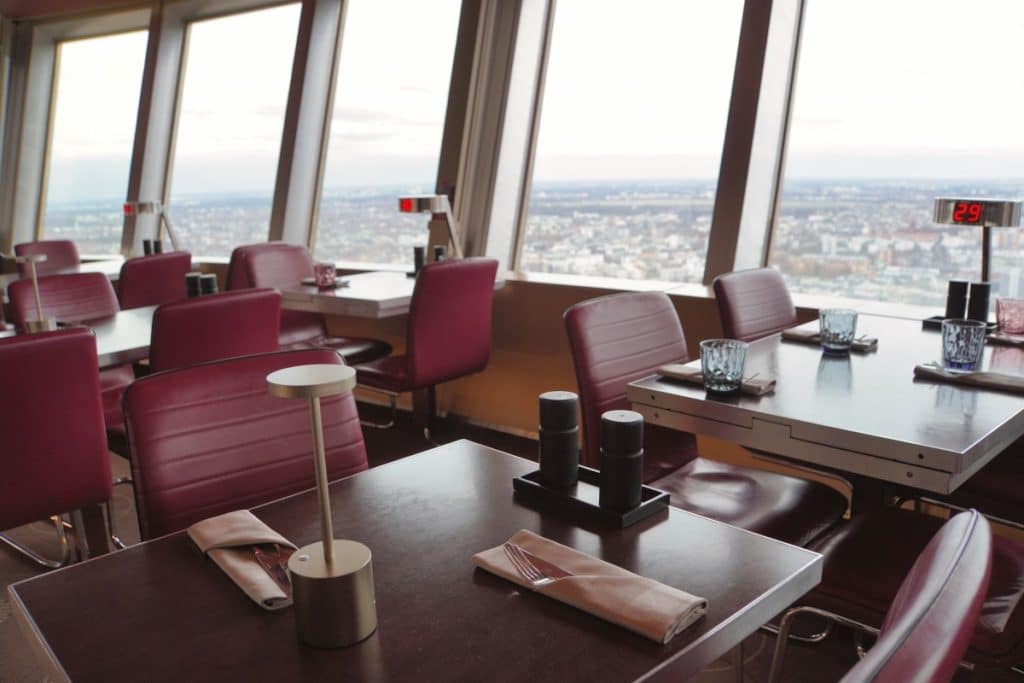
For fire safety reasons, the restaurant’s kitchen is located at the foot of the tower. The kitchen team delivers the food by elevator.
Special events are held in the restaurant on certain days. For example, a Sunday breakfast is offered once a month or you can visit the family breakfast with children with live music (children’s music).
Very important: if you want to visit the Sphere restaurant, you must reserve a table in advance. Here you have the choice of booking a table directly by the window or a table in the inner ring. The price for a visit to the TV tower is already included in the reservation.
Finally, a visit to Berlin’s Odyssey
Back on the ground, I finish off with a visit to “Berlin’s Odyssey”, a unique experience with VR glasses. There is an extra area where you can sit down and choose between two films.


A 15-minute film shows a journey through Berlin’s history. Certainly exciting, but I wanted to learn something about the TV tower and opted for “The Berlin TV Tower Discovery”. In 12 minutes, I had an unforgettable experience. With the VR glasses, I was able to watch how the tower was built. For example, I found it very exciting to see how the ball got onto the tower. Then I was taken virtually to the unknown places in the tower. For example, the crane that was needed to build the tower is still standing high up on the tower. It is still in use today.
The trailer gives a little insight, but fortunately doesn’t reveal too much.
I think it’s worth seeing the movie. It’s superbly made and I learned a lot that I didn’t know before.
What I didn’t know…
The shape of the Berlin TV tower is part of the “Sputnik iconography” of the GDR. It is symbolically associated with the success of the Soviet space program. The sphere is supposed to represent the satellite, which is carried to the sky by the rocket (shaft of the TV tower).
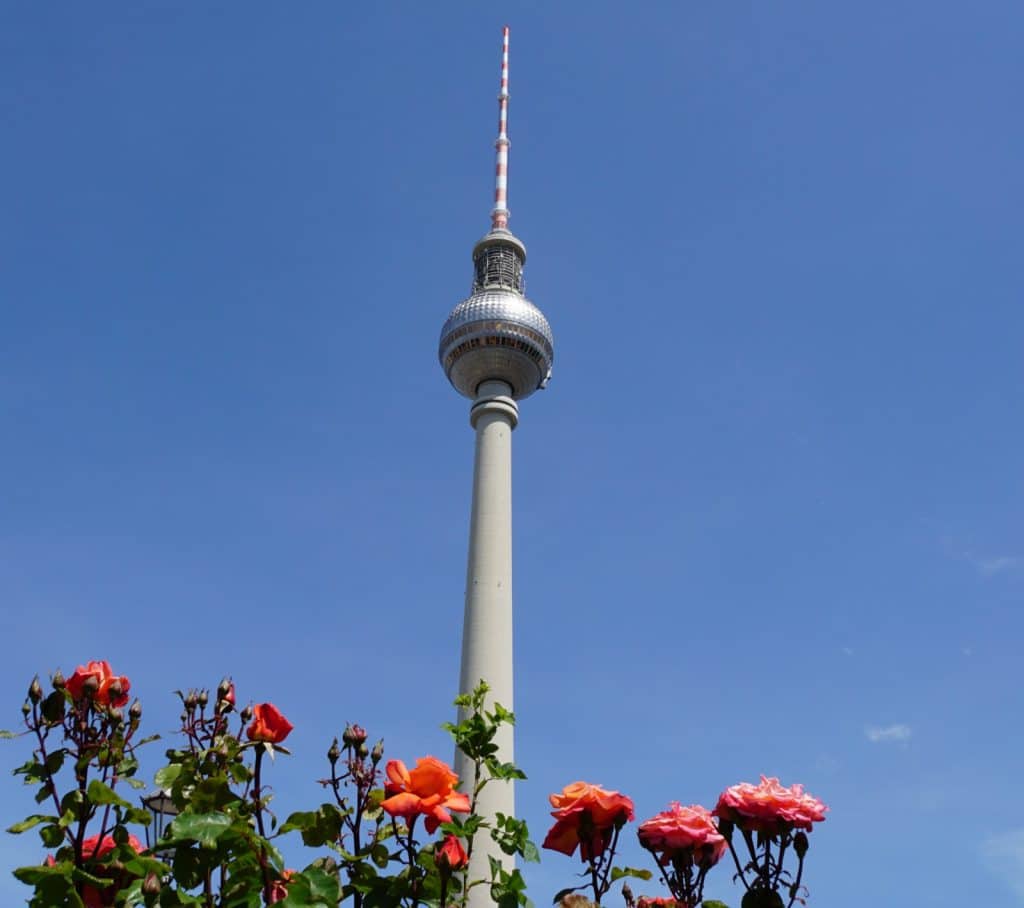
Address:
Panonramastraße 1A
Berlin
Opening hours:
Viewing area and restaurant
March-October: 9-23 h
November-February: 10-23 hrs
Admission prices (as of 2024):
Standard ticket
(admission to the viewing platform only): 27,50 € (online 22,50 € )
Premium ticket
(admission to viewing platform + VR Experience): €37.50 (online €29.50)
Premium Delux Ticket
(admission to the viewing platform + VR Experience + 1 drink in the Sphere Bar + 3 photos in the photobooth): €69.50 (online €49.50 )
Discounts are offered.
Note: Wheelchair users and people with current walking disabilities are not allowed to visit the TV tower. Only those who can use the escape route without assistance are allowed to go up.
Current information on the Website.
Book a ticket with skip-the-line entry for the TV Tower with GetYourGuide
Questions about the Berlin TV Tower
For visitors to the Berlin TV Tower, there are underground garages at Alexanderplatz. Parking is also available on Otto-Braun-Strasse.
The entrance to the tower is directly opposite the Alexanderplatz train station.
There are only evacuation stairs, which are not accessible to the public.
The length of stay in the restaurant and the tower is currently limited due to the hygiene concept in force. The observation deck may be visited for 45 min, the restaurant for 90 min.
Yes, the tickets are transferable. However, it is not possible to change the name on the tickets at a later date.
Yes, there is a ticket system that prevents queues forming in front of the cash desk and unused waiting times for customers. This can only work if access takes place at the exact time specified.
Please arrive at the entrance at the time specified (maximum 5-10 minutes before). There may still be waiting times at the security check and at the elevator.
The time of your visit to the restaurant will then depend on when you present your restaurant ticket at the entrance to the restaurant – the next available seat is then guaranteed.
This is subject to availability.
The maximum length of stay in the restaurant is 1.5 hours.
No.
Unfortunately, the Berlin TV Tower was not built with accessibility in mind. It is not yet possible to retrofit the tower accordingly.
In order to get everyone off the tower in the event of an evacuation,
wheelchair users and people with walking disabilities (i.e. people who cannot move around without assistance or without aids such as crutches etc.) are unfortunately not able to access the Berlin TV Tower.
The visit to the TV tower took place in cooperation with TV-Turm Alexanderplatz Gastronomiegesellschaft mbH (Kai Matanke).

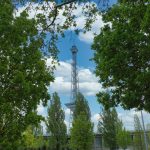
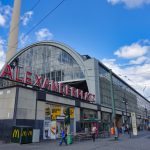

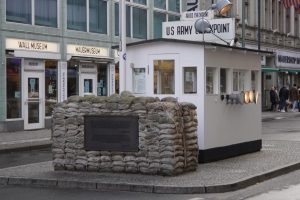
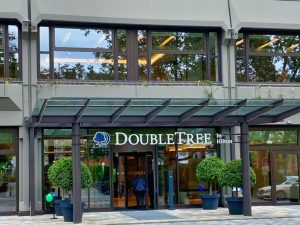
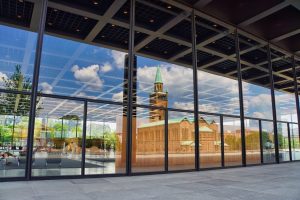
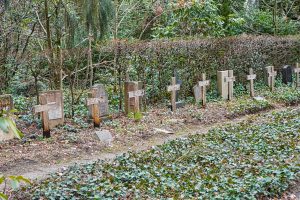
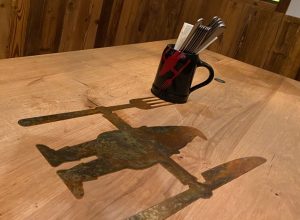
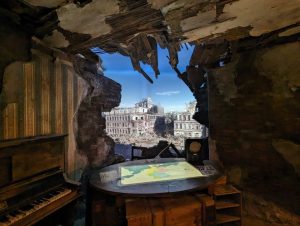

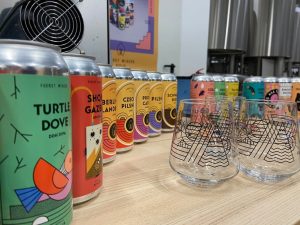
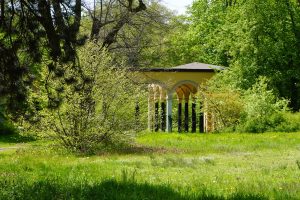
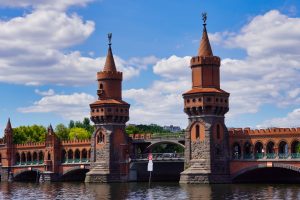
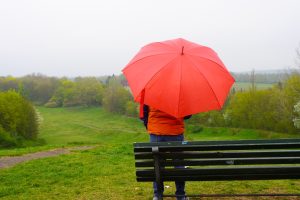
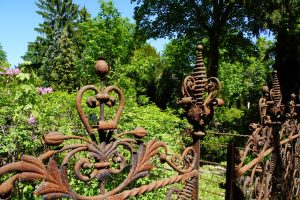
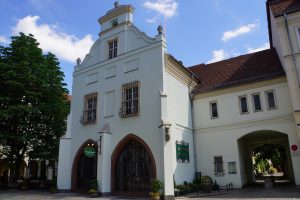
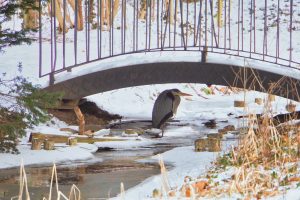
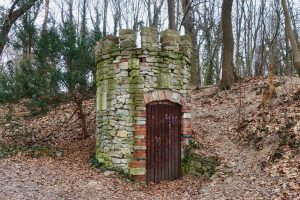
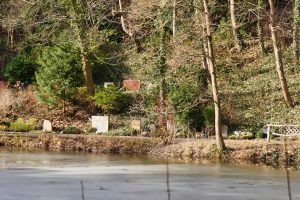

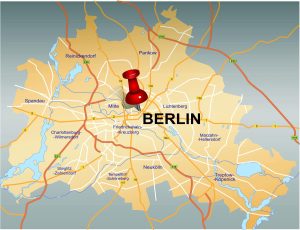
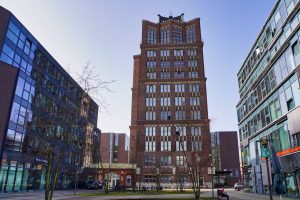
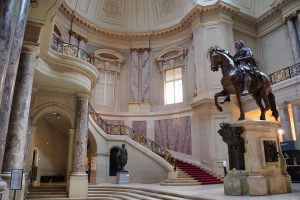


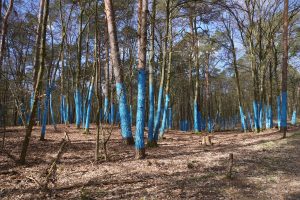
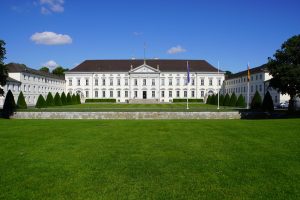
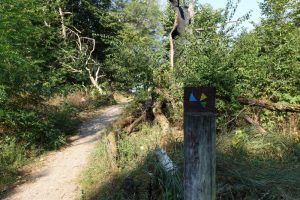
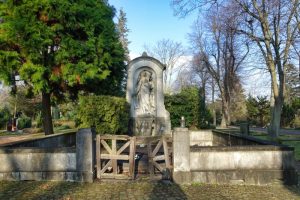
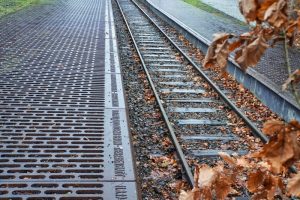
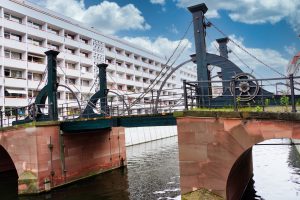
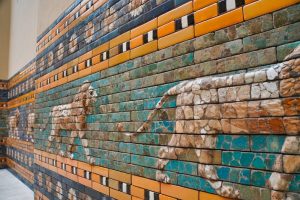

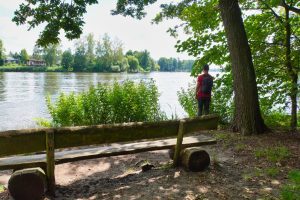
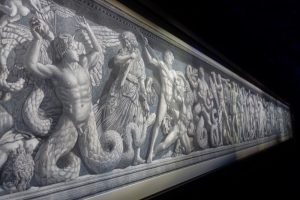

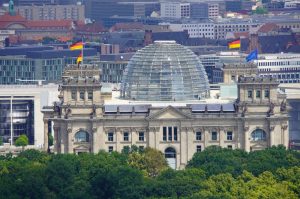
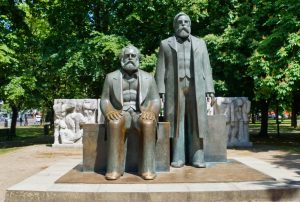
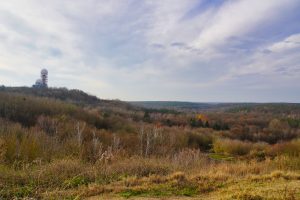

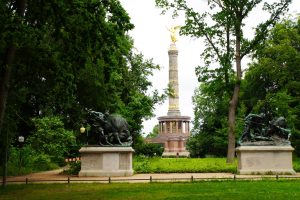
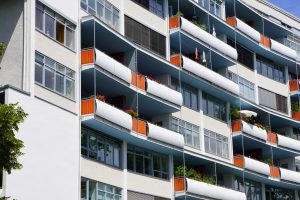
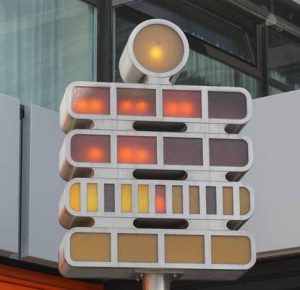
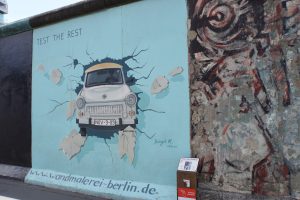
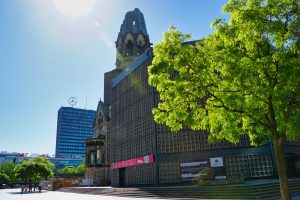
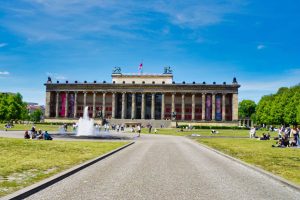
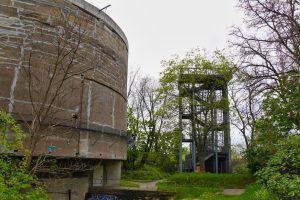
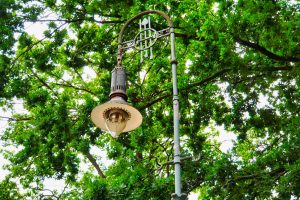
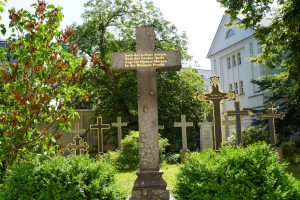
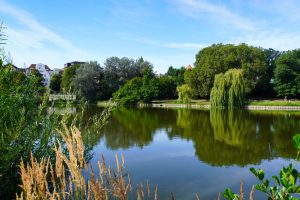
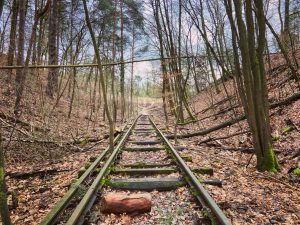
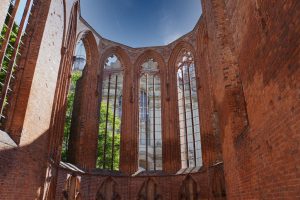
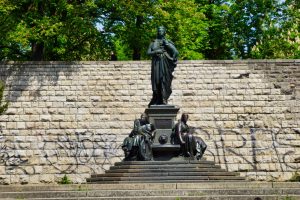
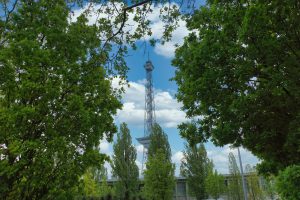
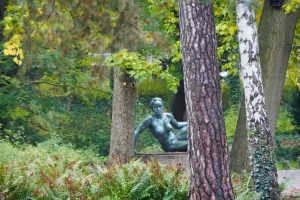
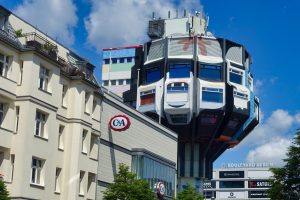
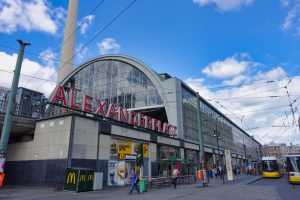
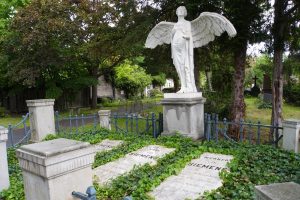
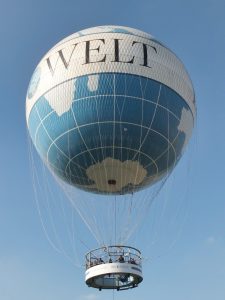
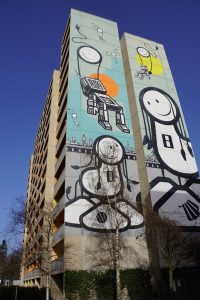

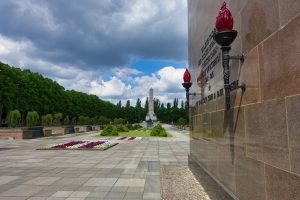
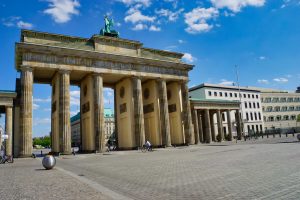
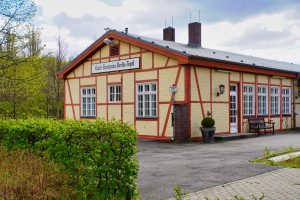
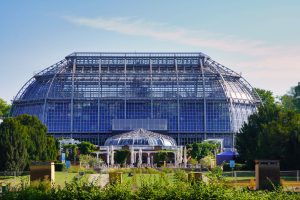
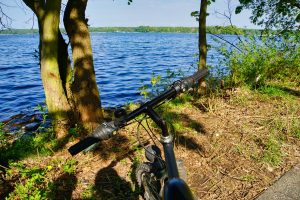
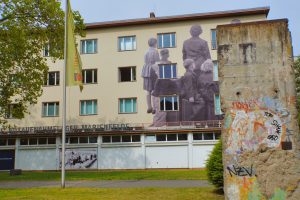
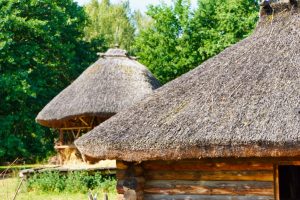
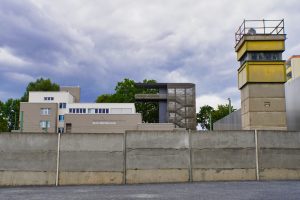
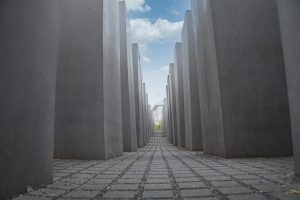
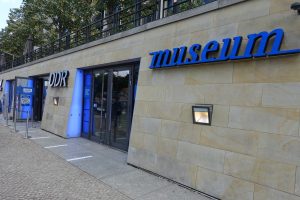
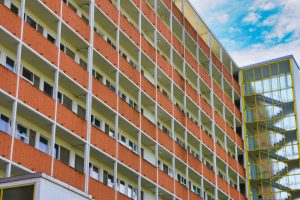
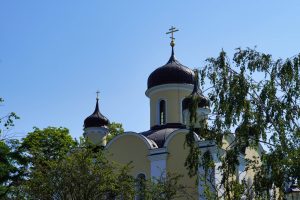
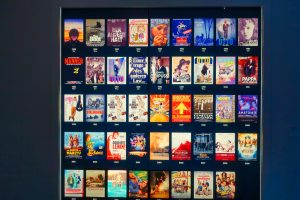
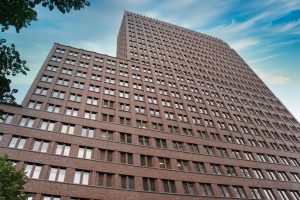
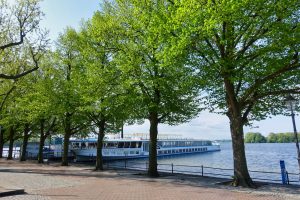
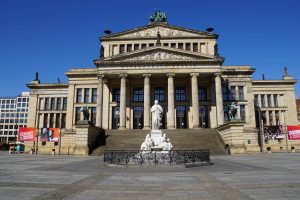


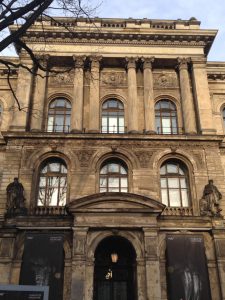
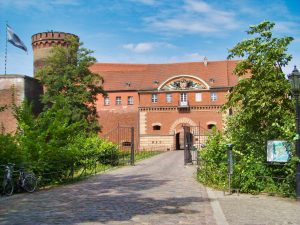
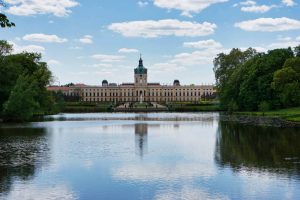
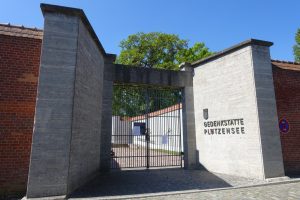

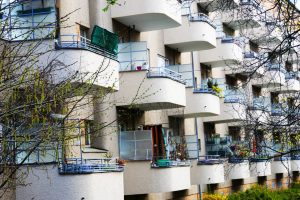

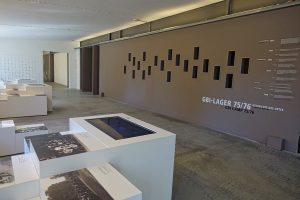
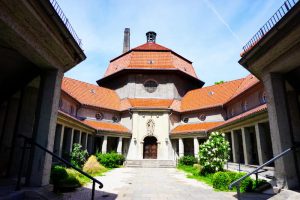


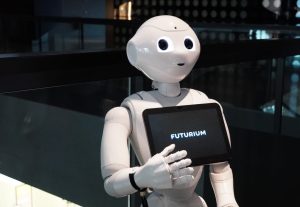
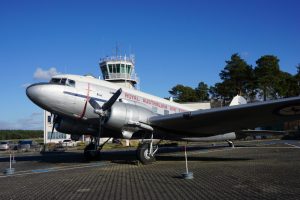
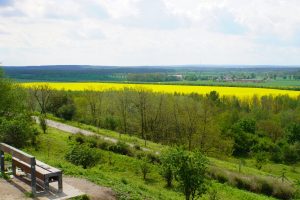
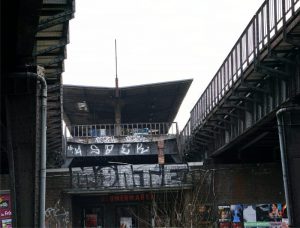
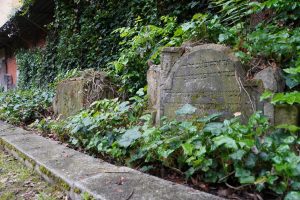
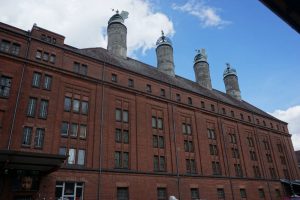
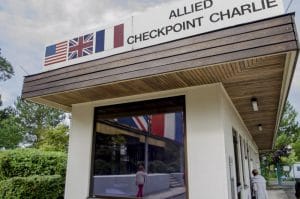
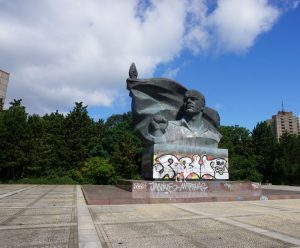

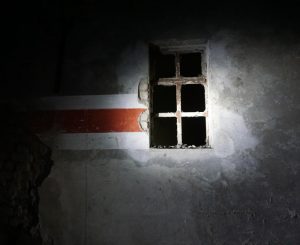
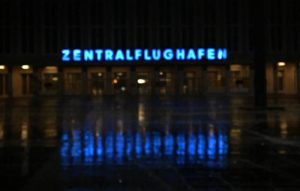
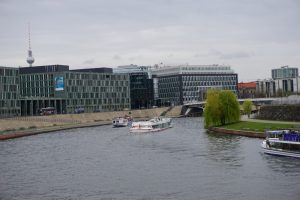
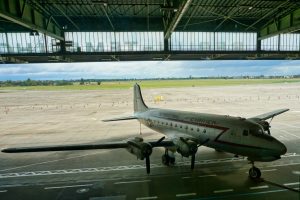
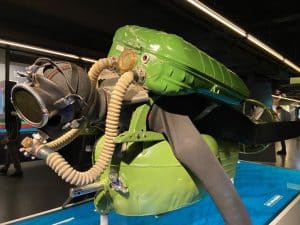
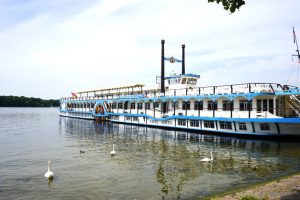
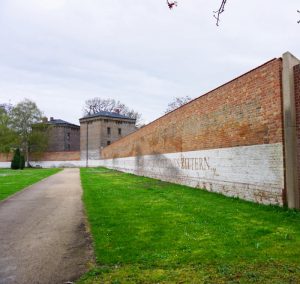
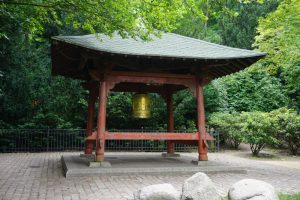
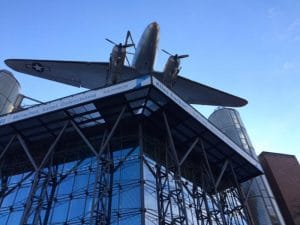
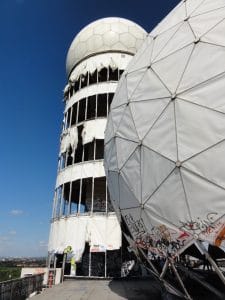

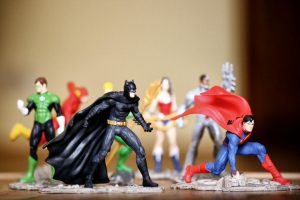
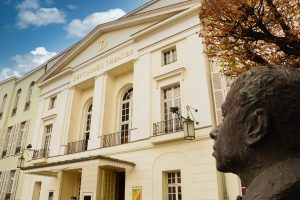
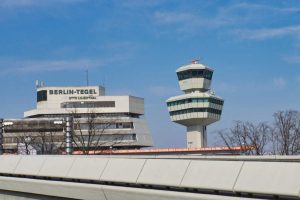
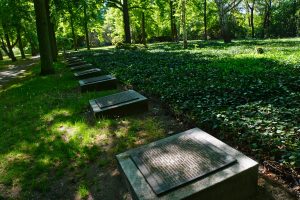
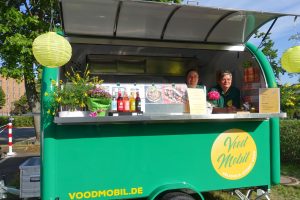
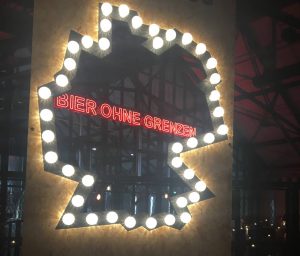
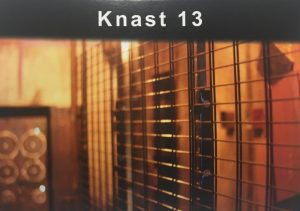
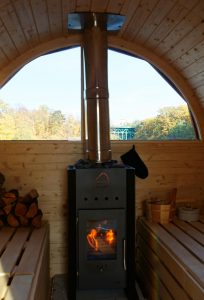
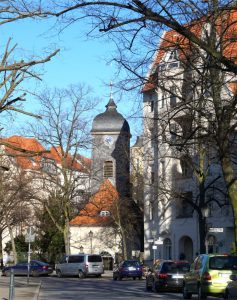
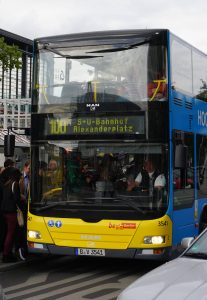
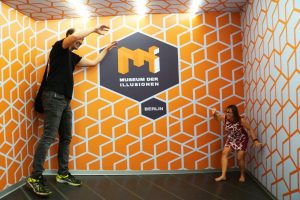
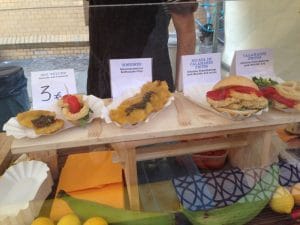
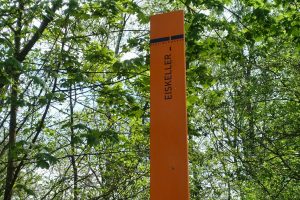
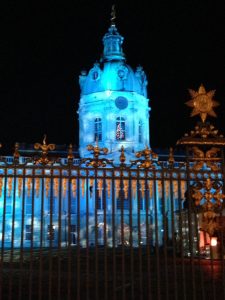


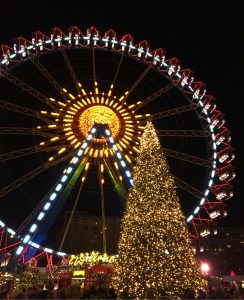
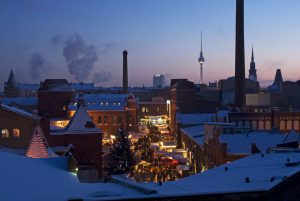

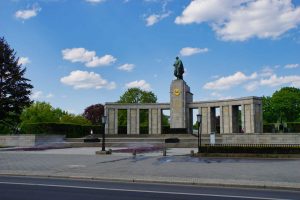
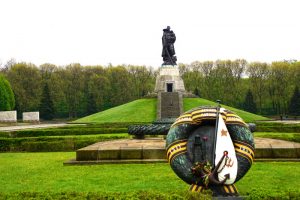
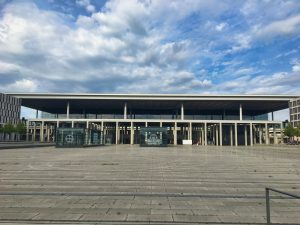
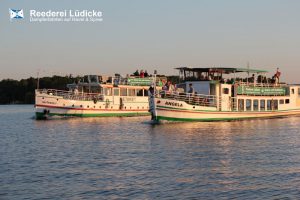
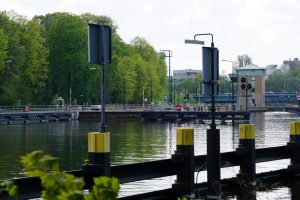
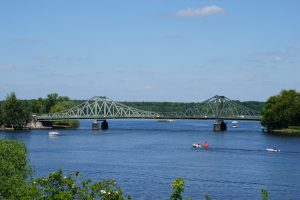

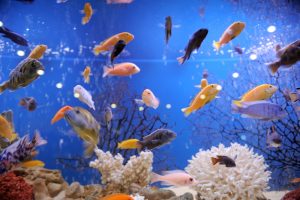
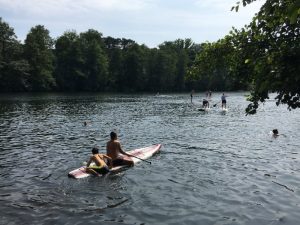

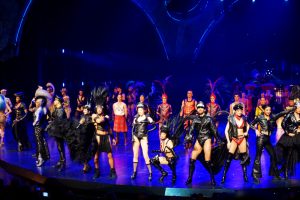
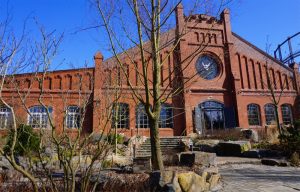
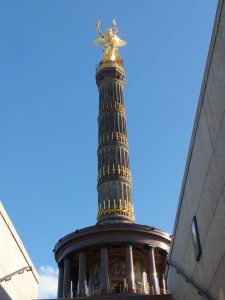
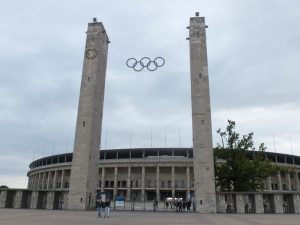
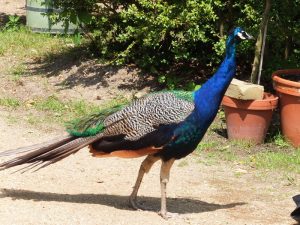
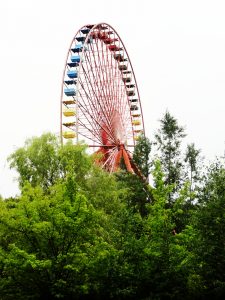
Leave a Reply